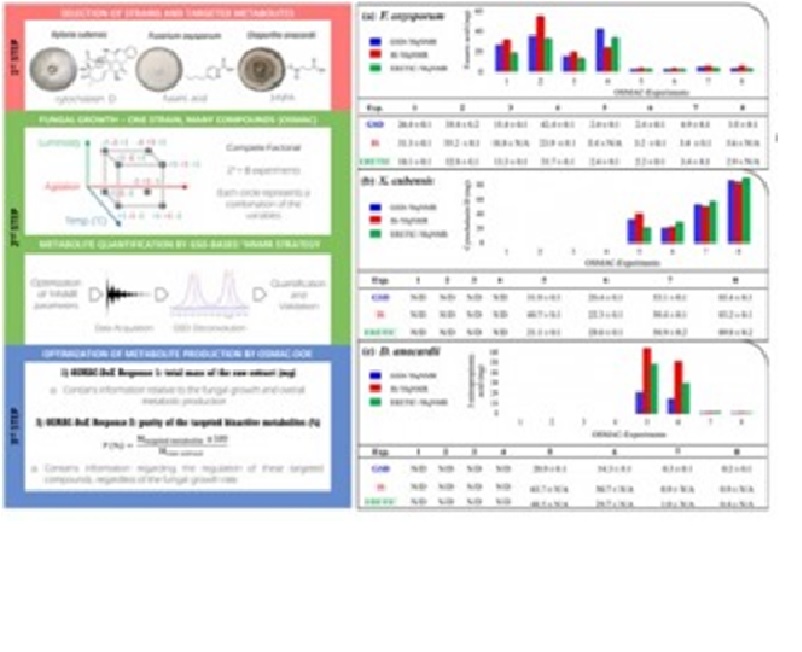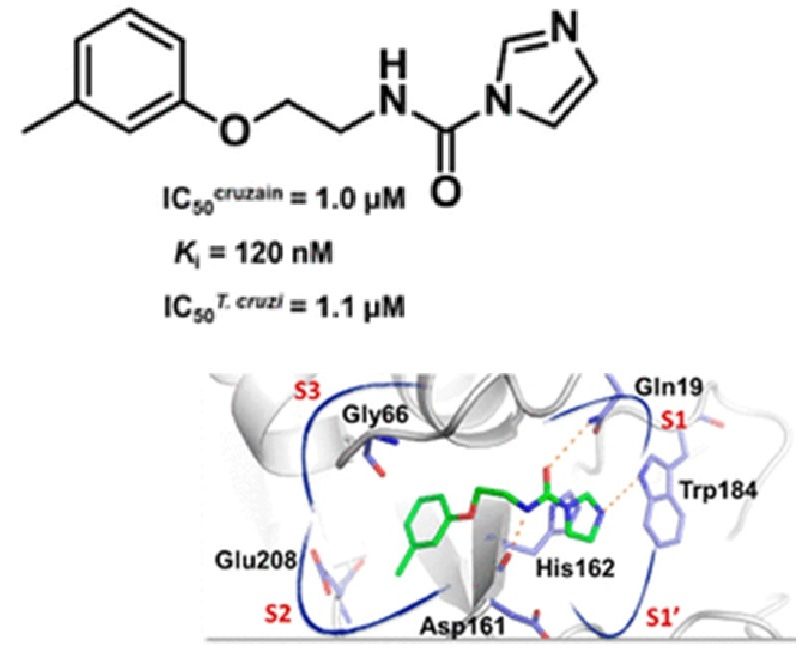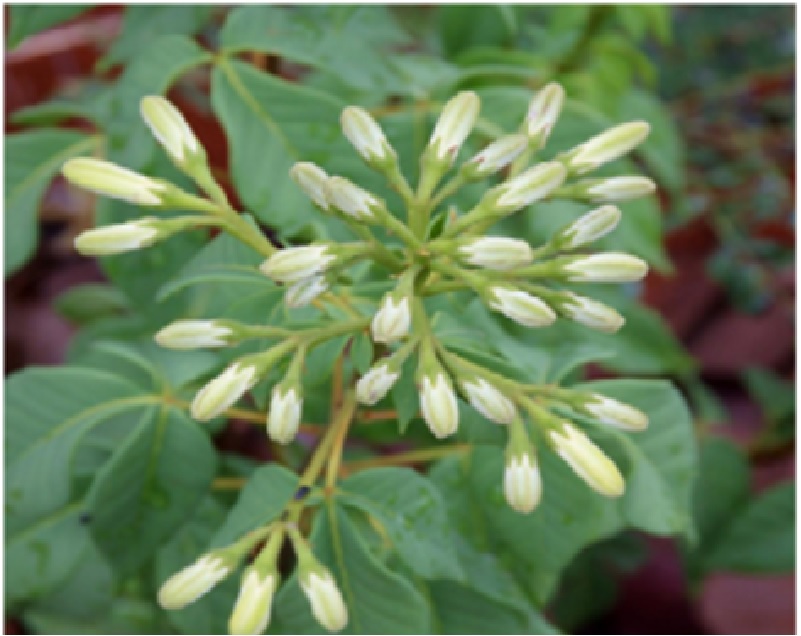
Authors:
Selegato, Denise Medeiros 1 ; Freire, Rafael Teixeira 2 ; Pilon, Alan Cesar 3 ; Biasetto, Carolina Rabal 1 ; de Oliveira, Haroldo Cesar 4 ; de Abreu, Lucas Magalhaes 5 ; Araujo, Angela Regina 1 ; Bolzani, Vanderlan da Silva 1 ; Castro-Gamboa, Ian 1
Abstract:
Traditionally, the screening of metabolites in microbial matrices is performed by monocultures. Nonetheless, the absence of biotic and abiotic interactions generally observed in nature still limit the chemical diversity and leads to “poorer” chemical profiles. Nowadays, several methods have been developed to determine the conditions under which cryptic genes are activated, in an attempt to induce these silenced biosynthetic pathways. Among those, the one strain, many compounds (OSMAC) strategy has been applied to enhance metabolic production by a systematic variation of growth parameters. The complexity of the chemical profiles from OSMAC experiments has required increasingly robust and accurate techniques. In this sense, deconvolution‐based 1HNMR quantification have emerged as a promising methodology to decrease complexity and provide a comprehensive perspective for metabolomics studies. Our present work shows an integrated strategy for the increased production and rapid quantification of compounds from microbial sources. Specifically, an OSMAC design of experiments (DoE) was used to optimize the microbial production of bioactive fusaric acid, cytochalasin D and 3‐nitropropionic acid, and Global Spectral Deconvolution (GSD)‐based 1HNMR quantification was carried out for their measurement. The results showed that OSMAC increased the production of the metabolites by up to 33% and that GSD was able to extract accurate NMR integrals even in heavily coalescence spectral regions. Moreover, GSD‐1HNMR quantification was reproducible for all species and exhibited validated results that were more selective and accurate than comparative methods. Overall, this strategy up‐regulated important metabolites using a reduced number of experiments and provided fast analyte monitor directly in raw extracts.
1 Nucleus of Bioassays, Biosynthesis and Ecophysiology of Natural Products (NuBBE), Organic Chemistry Department, Institute of Chemistry, São Paulo State University (UNESP), Araraquara, SãoPaulo, Brazil
2 Medway Metabonomics Research Group, University of Greenwich, Kent, UK
3 Núcleo de Pesquisa em Produtos Naturais e Sintéticos (NPPNS), Faculdadede Ciências Farmacêuticas, University of São Paulo (USP), Ribeirão Preto, SãoPaulo, Brazil
4 Laboratório de Micologia Clínica, Núcleode Proteômica, Faculdade de Ciências Farmacêuticas de Araraquara, São Paulo State University (UNESP), Araraquara,São Paulo, Brazil
5 Departamento de Fisiopatologia,Universidade de Viçosa (UFV), Viçosa,Minas Gerais, Brazil
Link to article: https://onlinelibrary.wiley.com/doi/full/10.1002/mrc.4874







